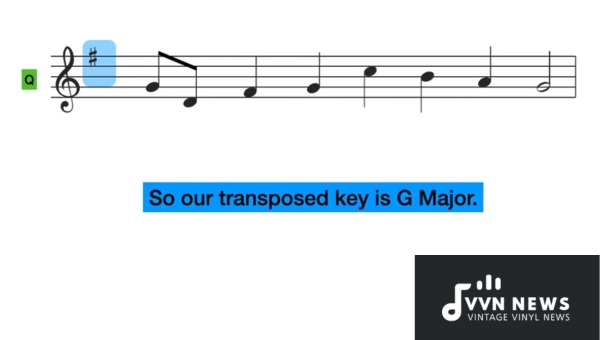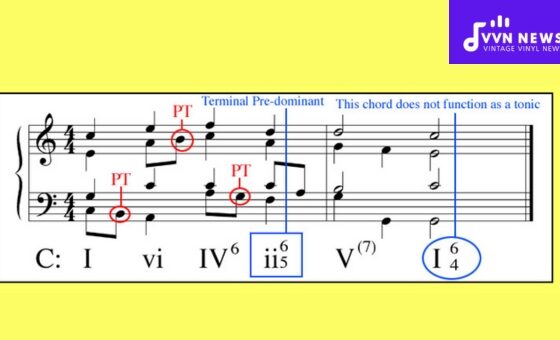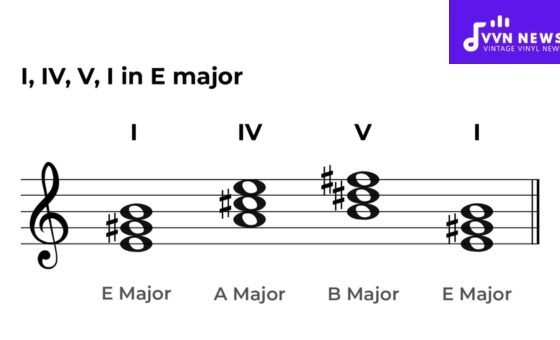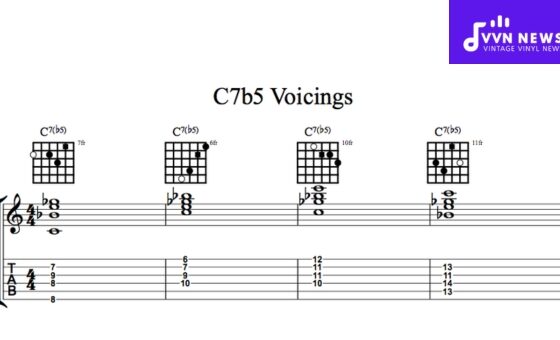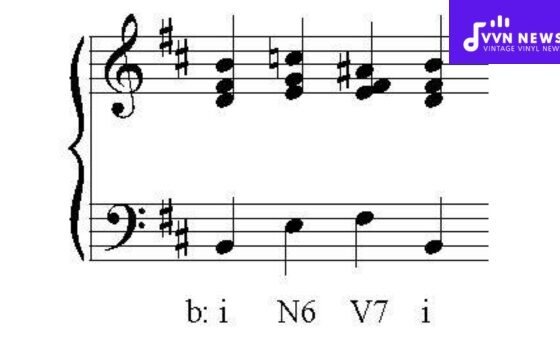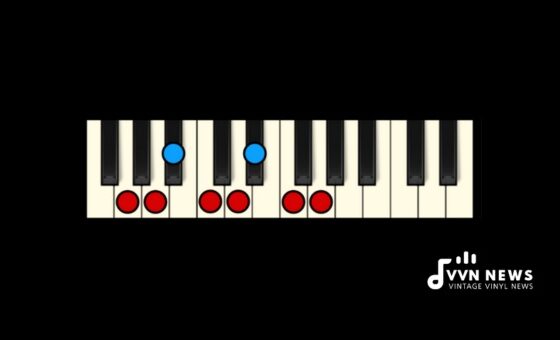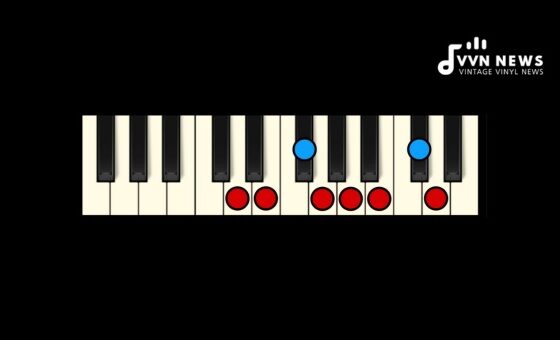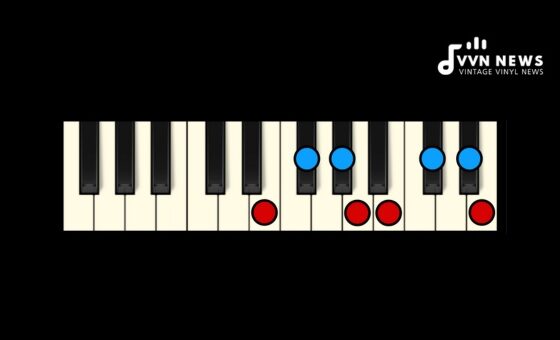Have you ever been in the midst of arranging or composing music and found yourself stumped by the need to change the pitch of a melody or chord sequence to fit better with another instrument or voice range?
Understanding how to transpose down a perfect 5th can be an invaluable skill for musicians, composers, and arrangers alike.
It’s a movement that occurs often in music theory and practice, and mastering it can open up new avenues for creativity in your work.
In this guide, I’ll walk you through the simple steps to help you seamlessly transpose your music down a perfect 5th.
From beginners to seasoned pros, this skill is essential, so let’s break it down into manageable parts for you to understand and apply with confidence.
What is Transposing Down a Perfect 5th?
Transposing down a perfect 5th means shifting every note in your piece of music five scale steps or intervals lower.
It’s akin to taking a musical journey that descends the scale. Think of it as moving from one pitch to another that is seven half-steps, or semitones, lower on your instrument.
For instance, if you start on a C note, transposing down a perfect 5th would land you on an F note.
This specific transposition maintains the structural integrity of your music while altering its pitch to suit different instruments or voices.
It requires a careful walk through each note of the melody and harmony, ensuring that every element leaps successfully – effectively rendering your composition into a new key that sits a perfect 5th below the original.
Also Read: How To Teach Breath Control? [Easy Exercises For Singers]
Why Transpose Music Down a Perfect 5th?
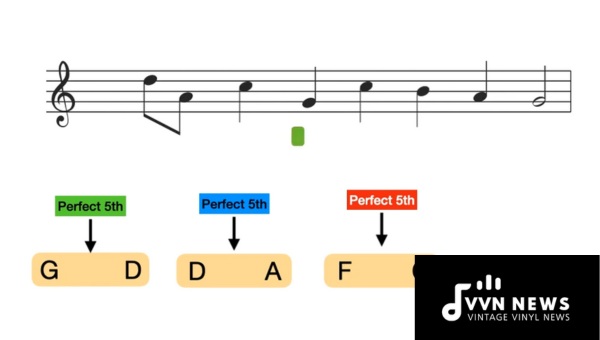
Transposing music down a perfect 5th can be as much a creative choice as it is a practical solution. Here are several key reasons why we transpose music:
- Instrumental Range: Not all instruments have the same range. To accommodate the lower and upper limits of an instrument’s capability, you may need to transpose music to ensure it lies within an accessible range for performance.
- Vocal Comfort: Singers, like instruments, have varying vocal ranges. Transposing allows for music to be tailored to the sweet spot of a vocalist’s range, where they can perform comfortably and expressively.
- Texture and Mood Alteration: The timbre of an instrument changes with pitch. Transposing down a perfect 5th can imbue your piece with a deeper, richer sound that could evoke different emotional responses from your audience.
- Harmony and Ensemble Blending: When writing for ensembles, you often need parts that harmonize well together. Transposition ensures that each line complements the others while maintaining the original harmonic structure.
- Interchangeability: When covering or adapting songs, different bands or orchestras might prefer certain keys over others based on their standard tuning and repertoire familiarity.
- Standardization: Some instruments are transposing instruments – notably brass and woodwinds – meaning they naturally sound a different pitch than written. Transposing ensures everyone is literally playing from the same sheet of music in ensemble settings.
By applying transposition effectively, composers and arrangers provide performers with music that is approachable and suited to their specific needs or stylistic preferences, making for a more cohesive and satisfying performance all around.
How to Identify a Perfect 5th Interval?
Understanding intervals is essential in music theory and practice. An interval refers to the distance between two pitches.
When it comes specifically to identifying a perfect 5th interval, it’s vital to visualize this distance both on your instrument and on the staff.
A perfect 5th is found by counting up five letter names from your starting note, without skipping any.
Visualizing on the Staff
When looking at sheet music, a perfect 5th spans from one note to another with three whole steps and one half step.
On the treble or bass clef, you’ll notice that one note will be on a line and the other will be on the next line space above or below it, creating what looks like a stack of three lines (including the one in between).
For example, if you see a note on the bottom line of the treble clef (E), move up to the second line from the top (B). That’s your perfect 5th interval.
Using Your Instrument
On keyboard instruments like piano, locating a perfect 5th starts at any key and counts seven keys directly to its right (including both black and white keys).
For guitarists, from any string except for the second (B) string, you move down one string and across three frets.
Quick Tonal Trick
Aurally identifying a perfect 5th can come in handy as well. Many people learn by associating intervals with songs: think of the starting tones of “Twinkle Twinkle Little Star” – they illustrate a perfect 5th.
By recognizing these patterns visually and audibly, you can spot perfect 5ths with greater ease across various contexts—whether you’re reading sheet music or playing by ear.
Also Read: How To Use Music To Help Your Mental Health? [Expert Tips]
How to Transpose a Single Note Down a Perfect 5th
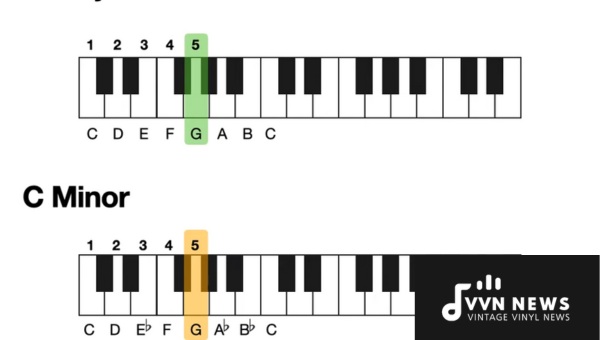
When looking to transpose down a perfect 5th, it’s crucial to handle each note with care.
Focusing on transposing individual notes one at a time ensures accuracy and ease throughout the process. Let’s break this down further:
Step 1: Identify the Starting Note
Begin by pinpointing your starting note. Let’s say your chosen note is D.
Step 2: Count Down the Scale
From D, count five notes down your scale – considering both whole steps and half steps. You’ll pass through C, B, A, and land on G.
Step 3: Determine the Interval Distance
This step involves understanding interval distances. Transposing a perfect 5th equates to moving your note seven semitones lower. So from D, you’d count down those semitones—D, C♯, C, B, A♯, A, G♯, and finally arriving at G.
Step 4: Apply Accidentals if Necessary
If your piece contains accidentals (sharps or flats), they must be considered in the transposition as well:
- If your starting note is an F♯, you’ll need to transpose to B (not B♯ or C).
- For E flat, you move it down to A flat – maintaining the accidentals’ consistency.
By carefully repeating this process for each individual note in your melody or harmony line – considering both natural pitches and accidentals – you can accurately shift every element of your piece down that essential perfect 5th.
Also Read: How To Upgrade Your Flute? [A Comprehensive Buying Guide]
Step-by-Step Guide: Transposing Down a Perfect 5th
Transposing music isn’t as daunting as it may seem. In fact, it follows a logical progression that, once understood, is easy to apply.
Let’s break down this process so you can transpose down a perfect 5th quickly and accurately.
Identify the Original Key
First things first: determine the key of your original piece. Knowing where you’re starting from gives you the groundwork to understand where each note will move.
If you’re dealing with sheet music, look for the key signature at the beginning of the staff.
Map Out the Intervals
Understanding intervals is crucial in transposition. A perfect 5th is seven semitones down from your starting note.
So, map out these intervals for each note in your piece. A handy tool here could be a circle of fifths chart which graphically represents these relationships.
Move Each Note
Now comes the primary task. Move each note in your melody and harmony down by this perfect fifth interval:
- Look at your current note.
- Count back five scale steps (or seven semitones) to find its counterpart.
- Write down the new note.
Repeat this process for each subsequent note in your piece until you’ve successfully transposed every part of your composition.
Adjust Accidental Notes
Be mindful of sharps and flats when moving notes down that perfect fifth; if your original key had accidentals, ensure these are carried over correctly to maintain the same tonal quality in your new key.
Double-check with an Instrument
After transposing on paper or in your music software, play through on an instrument or use a digital one (like an online piano) to ensure everything sounds right and cohesive—it’s easy to miss a flat or sharp during transposition.
Finalize Your Transposed Piece
With all notes reviewed and confirmed, the last step is simply notational—making sure everything looks clean on your sheet music for a smooth performance or rehearsal.
Remember, practice makes perfect; try transposing simple melodies at first before tackling complex pieces—a slow and steady approach ensures fewer mistakes and greater understanding.
Also Read: How To Structure The First Flute Lesson? [Expert Advice]
What are the Challenges in Transposing Down a Perfect 5th?
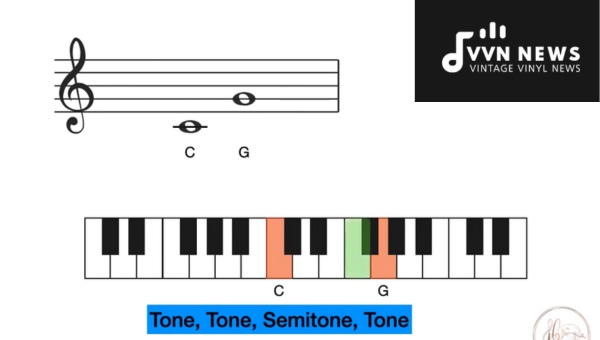
When transposing music down a perfect 5th, several challenges can arise that necessitate close attention and a systematic approach.
One of the key obstacles is ensuring that accidentals—sharps, flats, and natural signs—are adjusted correctly.
As you shift each note down by seven semitones, the key signature of your piece will change, and notes that were previously not altered may now require an accidental or vice versa.
Maintaining Melodic Integrity
Your melody is the heart of your composition. Transposing it incorrectly might not only change the tune but could also lead to dissonance where none was intended.
Ensuring that the melody retains its original shape and character while sounding natural in its new key is vital.
Harmonic Considerations
Chords and harmonic progressions also need careful handling. Some chords may include intervals wider or narrower than a perfect 5th.
In such instances, each note within the chord must be transposed individually while preserving their relative pitch relationship.
This ensures that your chord structures do not lose their intended quality or function within the progression.
Key Signature Changes
Changing the key signature appropriately can be tricky, especially when dealing with piece extremities such as switching from E major (four sharps) to A major (three flats).
The alterations in tonality must reflect in every aspect of your sheet music to prevent any confusion.
Instrument Range and Timbre
Different instruments have different ranges and timbral characteristics at various pitches; moving notes down a perfect 5th might cause them to fall out of an instrument’s optimal range.
It’s crucial to consider if the transposition would make any portion of your piece unplayable on certain instruments or change its expressive qualities.
Mastering this process requires patience and practice but results in a versatile skill set that furthers your musical expertise tremendously.
Also Read: B Flat Minor Pentatonic Scale [Create Emotive Music In Minutes]
FAQs About Transposing Down A Perfect 5th
How do I know when a piece needs to be transposed down a perfect 5th?
You’ll know to transpose down when accommodating an instrument’s range or the comfort of a singer.
Does transposing affect the chord progressions?
Transposing changes the key but maintains the relative harmonic structure.
Can I use software to transpose music down?
Absolutely, there are various music software programs that can transpose music for you.
What’s the difference between transposing up a perfect 4th and down a perfect 5th?
Transposing up a perfect 4th raises the pitch while going down a perfect 5th lowers it; they reach the same note but from different directions.
Is it necessary to adjust accidentals when transposing down a perfect 5th?
Yes, you must adjust accidentals to maintain the piece’s integrity.
Conclusion
Transposing down a perfect 5th is a skill that can expand your musical horizons. By taking individual notes and shifting them seven half-steps lower, you adapt compositions to new contexts and instruments.
Remember that practice makes perfect, so revisit these steps often. When in doubt, utilize tools – like transposition charts or software – to assist you.
With diligence and patience, you will find that changing the key of a piece becomes a natural extension of your musicianship.
